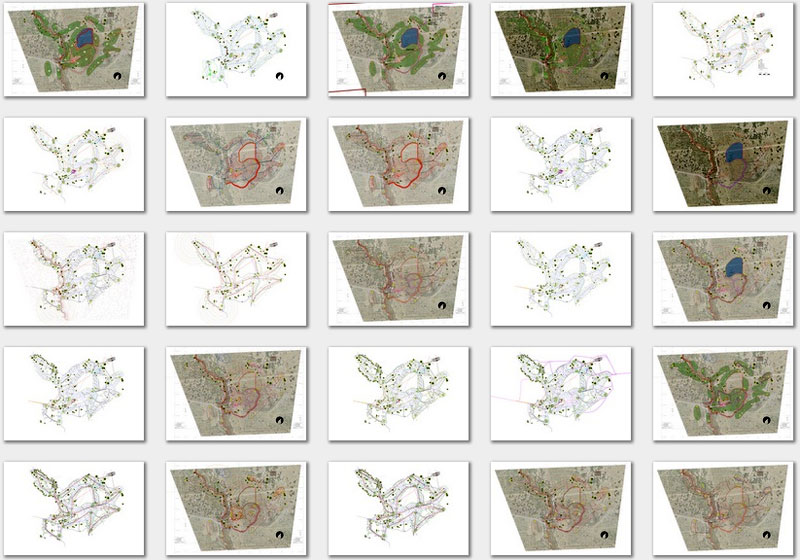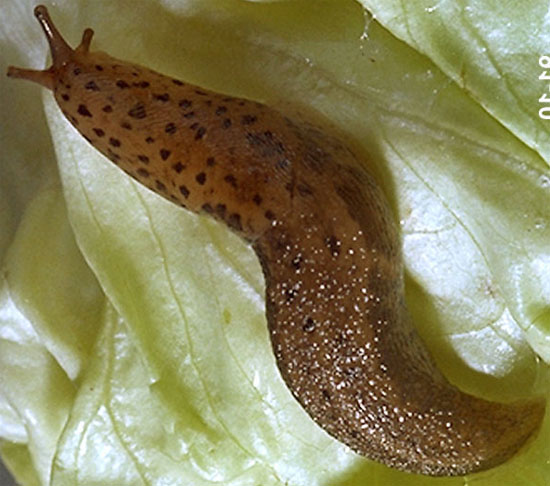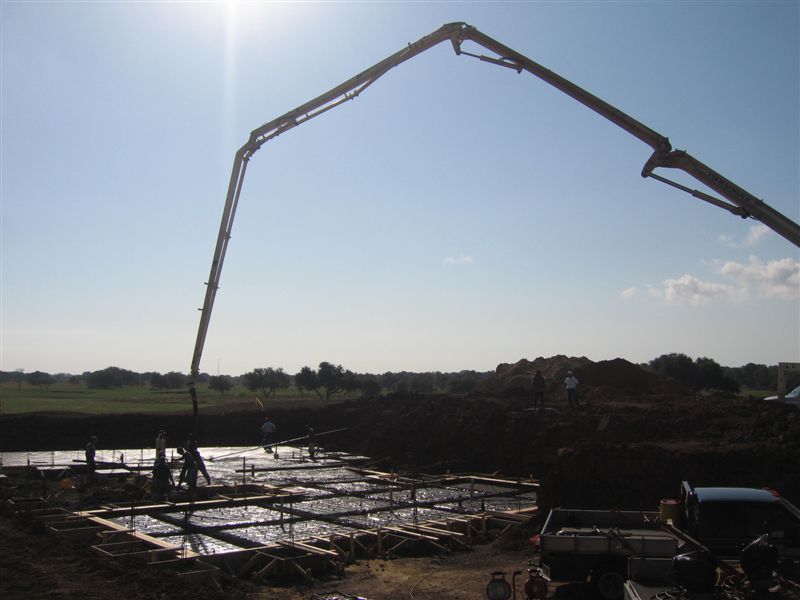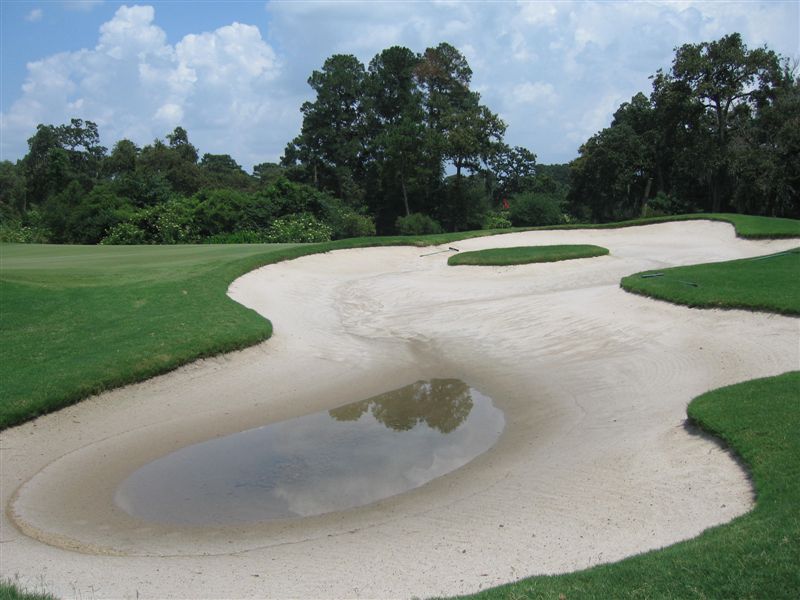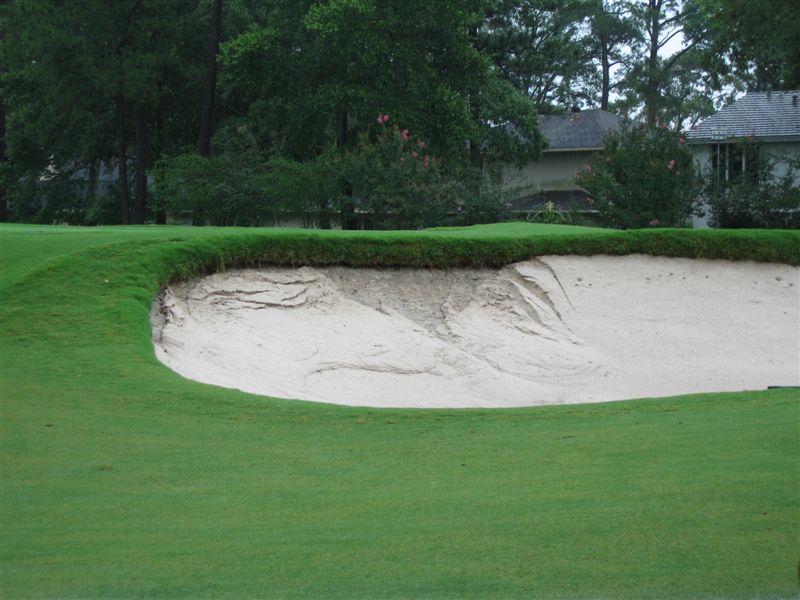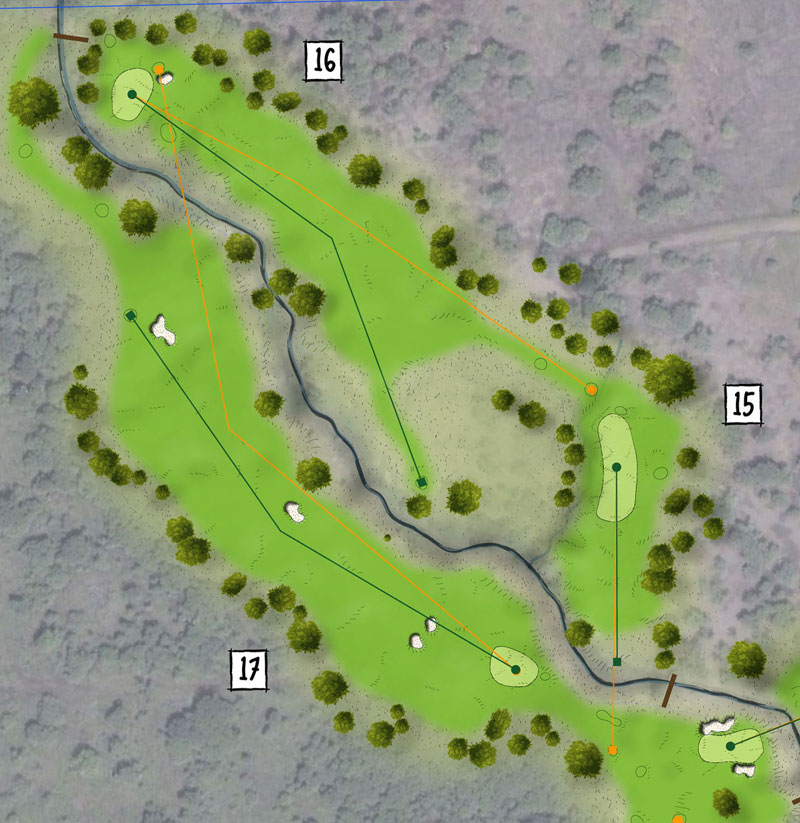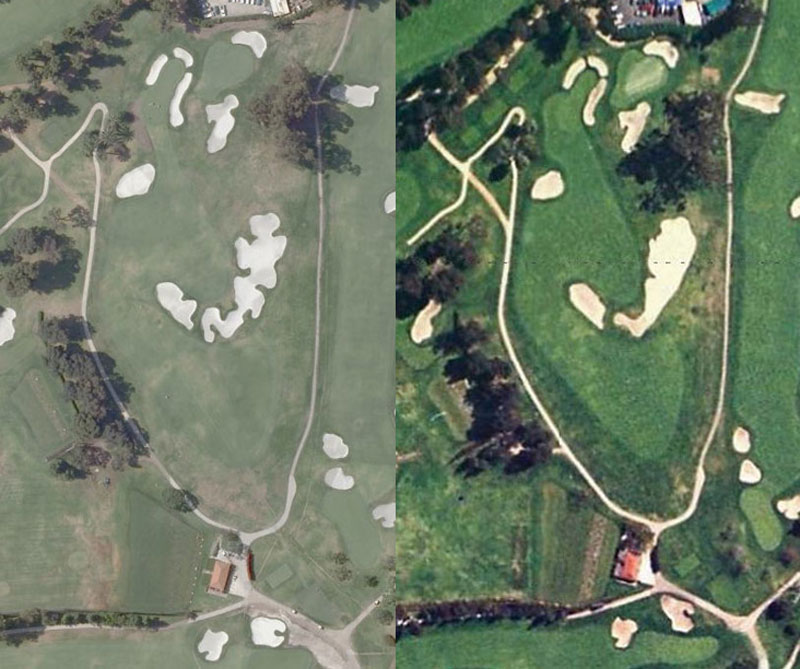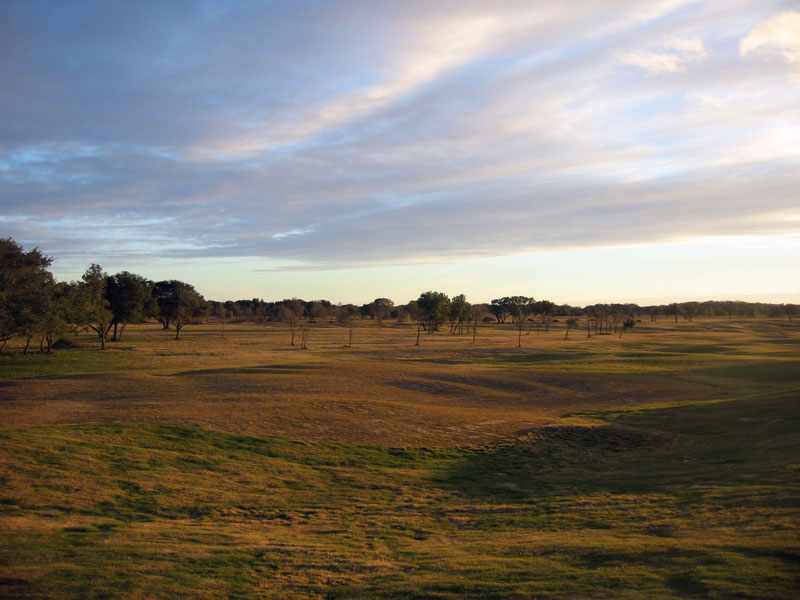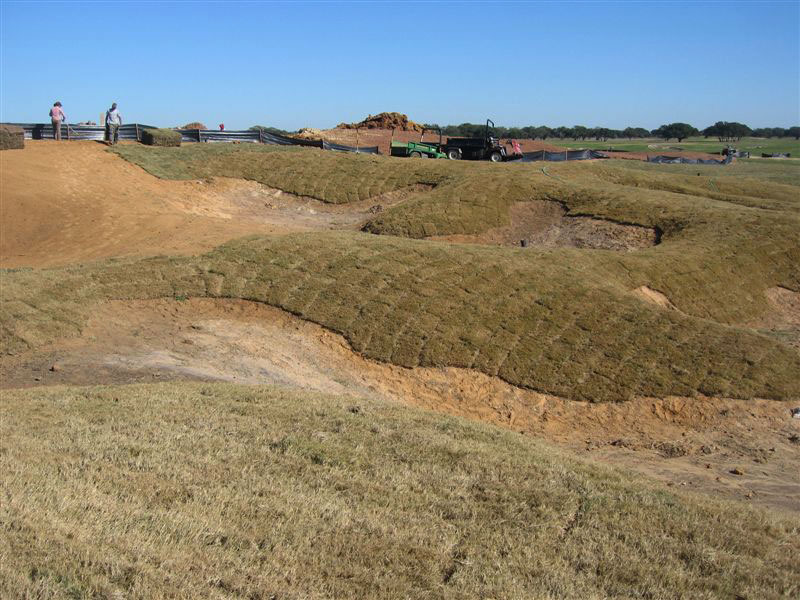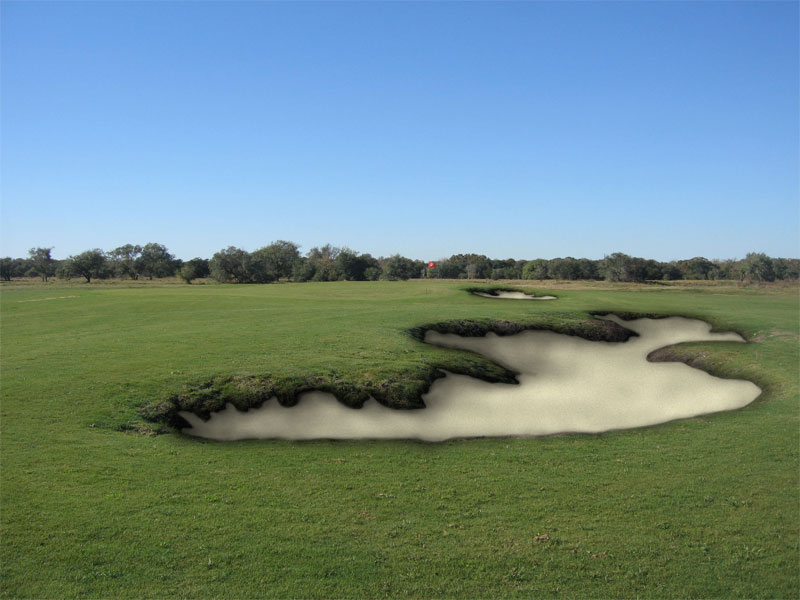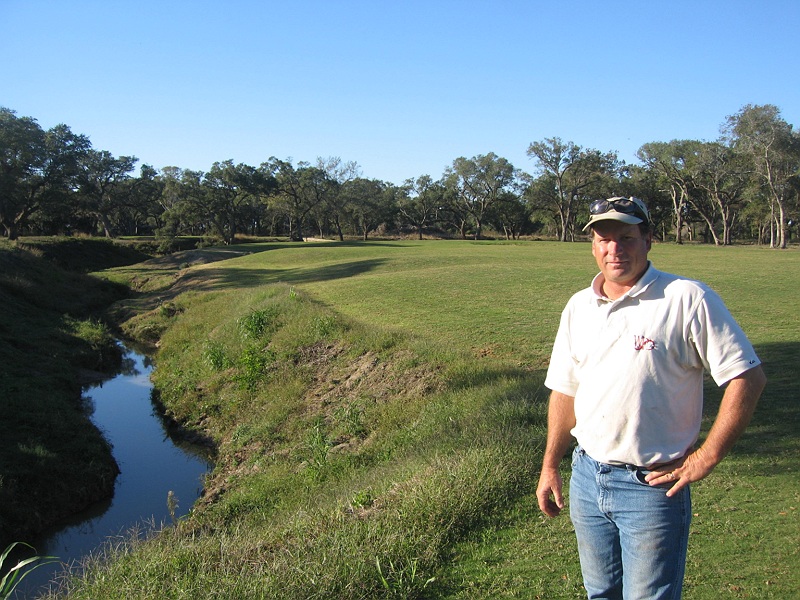 Don Mahaffey was recently selected as a finalist for Superintendent of the Year for 2007 by Turfnet - formerly Golfweek's Supernews. It is an honor well deserved.
Don Mahaffey was recently selected as a finalist for Superintendent of the Year for 2007 by Turfnet - formerly Golfweek's Supernews. It is an honor well deserved. Congratulations Don.
Here is a link to the article.
Here are my three favorite quotes:
"Don is a superintendent who not only is a skilled greenkeeper, but also is a dogged and determined project manager who is not afraid to stand up to architects and construction crews for what he believes is best for the golf course and the checkbook of the man paying the bills."
"His steadfast determination has shaved $2 million-$3 million from the project's original $6.5 million anticipated price tag"
"He has been preaching a practical golf course maintenance program as if he were Jim Arthur," Nuzzo said. "The golf course is already healthy and vibrant and is going to play firm and fast."
The picture above is from the approach at 16 the creek wraps behind the green too.
Here are the two past blogs about Don:
Part 1
Part 2
